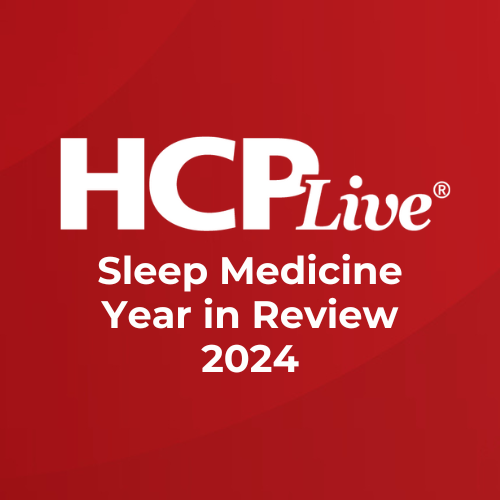Article
Responders to Iron Supplements Improve Symptoms of Sleep Movement Disorders
Author(s):
In a new study, investigators identify the correlation between treatment duration and ferritin level changes in responders to oral iron supplementation.

Lourdes M. DelRosso, MD
Whether or not an individual responds to oral iron supplementation could be a predictor of symptom improvement for sleep movement disorders.
A team of investigators, led by Lourdes M. DelRosso, MD University of Washington, identified children who respond to oral iron supplementation as evidenced by increased ferritin levels and factors that correlate with improvement in ferritin levels in those who respond.
In the retrospective chart review of databases from the Seattle Children’s Hospital, the investigators collected data that included nocturnal polysommographrapy parameters, age, sex, initial, and follow-up ferritin level and date of collection and the presence of restless leg syndrome, periodic limb movements of sleep (PLMS)/ PLM disorder (PLMD), restless sleep disorder (RSD), obstructive sleep apnea (OSA), neurologic, psychiatric, neurodevelopmental, or medical comorbidity.
The team also evaluated oral iron therapy by side effects (none; constipation; bad taste/nausea), subjective outcome in symptoms (resolved, improved, no change), and adherence to therapy (poor, fair, good).
Overall, the investigators included 77 children in the study, 42 of which were classified as responders (increase in ferritin of ≥10 µg/L) and 35 were nonresponders.
Age and sex were not different between the 2 groups and adherence was the only significant predictor of an increase in ferritin of ≥10 µg/L.
The investigators found constipation in 7.1% of the responders, but only 45.8% of the nonresponders. There was also no changes in symptoms reported in 26.2% of the responders, but 71.4% of the nonresponders.
A significant correlation was found between treatment duration and ferritin level changes in responders, but this was not found in nonresponders.
“Side effects hinders adherence to oral iron supplementation in children,” the authors wrote. “Responders to oral iron show improvement in ferritin levels and symptoms, while nonresponders show no improvement in ferritin levels despite a long-lasting treatment, at least in part of them.”
How much a child sleeps could accurately tell whether or not they will develop a psychiatric disorder later on in life.
A team led by Bror M. Ranum, Department of Psychology, Norwegian University of Science and Technology (NTNU), examined the long-term and bidirectional link between the duration of sleep and symptoms of psychiatric disorders for school-aged children ages 6, 8, 10, and 12.
The population-based cohort study included 799 children that participated in the Trondheim Early Secure Study, where all time-invariant confounders and baseline levels of study variables were accounted for. The investigators conducted a representative, stratified random sample of children in the study born between January 1, 2003 and December 31, 2004.
Sleep duration was assessed with 1 week of continuous use of triaxial accelerometer. Symptoms of emotional disorders such as anxiety and depression and behavioral disorders, including oppositional defiant, conduct, and ADHD, were measured by semistructured clinical interviews using the Preschool Age Psychiatric Assessment and the Child and Adolescent Psychiatric Assessment with parents and children from age 8.
In the study, short sleep duration was prospectively tied to symptoms of psychiatric disorders only at younger ages, but not older ages. There was no evidence found for the opposite direction of association.
Shorter sleep duration at age 6 years (β [unstandardized regression coefficient] = −.44; 95% CI, −.80-−.08; P = .02) and 8 years (β = −0.47; 95% CI, −.83-−.11; P = .01) accurately forecasted symptoms of emotional disorders 2 years later.
However, shorter sleep duration at 8-years old β = −0.65; 95% CI, −1.22-−.08; P = .03) and 10 years (β = −0.58; 95% CI, −1.07-−.08; P = .02) was associated with symptoms of behavioral disorders 2 years later among boys, but not among girls at age 8 years (β = −.14; 95% CI, − .52-.24; P = .48) or 10 years (β = −.05; 95% CI, = −.49-.40; P = .84).
The associations were statistically significant among boys compared with girls at 8 and 10-years old. Symptoms of psychiatric disorders did not forecast sleep duration at any age.
The study, “Determinants of ferritin response to oral iron supplementation in children with sleep movement disorders,” was published online in Sleep.





